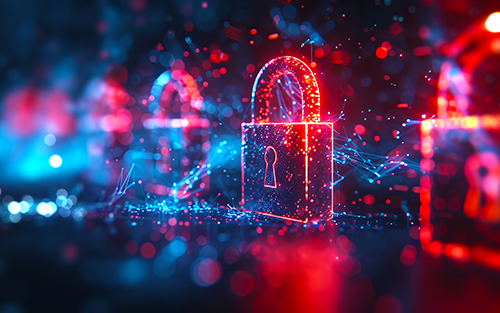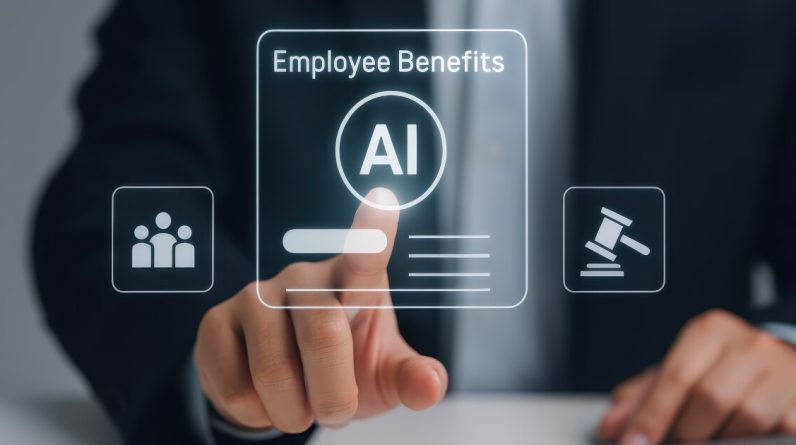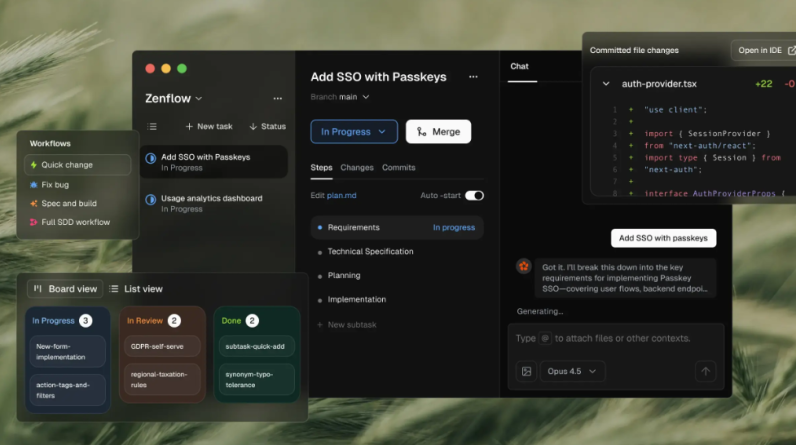
Summary
By combining AI’s advanced capabilities with strategic oversight and robust security measures, organizations can protect themselves against increasingly sophisticated cyber threats.
AI-Powered Cybersecurity: Balancing Automation, Real-Time Detection and Strategic Oversight
In an era when the intersection of technology and security is becoming increasingly complex, the role of artificial intelligence (AI) in enhancing cybersecurity represents both a significant advancement and a steep challenge. On one hand, AI is enabling organizations to make the best use of their limited cybersecurity experts by automating a wide range of tasks and to reduce risk by enhancing threat detection and incident response. On the other, integrating AI into cybersecurity practices introduces important vulnerabilities that must be carefully considered and mitigated.
The skyrocketing adoption of AI-powered cybersecurity technologies makes it urgent for business leaders to gain a clear understanding of these issues. Allocating budget to safeguarding AI technologies in use can have a sound return on investment because automation offers a notable reduction in operational costs and enhanced threat detection can dramatically reduce the steep costs associated with breaches.
Key benefits of AI: Automation and real-time threat detection
AI excels in automating mundane and repetitive tasks—and is increasingly helping to streamline more complex operations. For example, advanced tools like OpenAI Codex are transforming software development by generating draft code, assisting in code reviews and even translating simple commands in natural language into code. This automation enables organizations to empower their top talent to focus on strategic initiatives, thereby helping to overcome the global cybersecurity talent shortage.
In addition, AI technologies are enhancing vital cybersecurity functions such as activity monitoring, threat detection and incident response. Improved speed and efficacy in these areas are crucial in a landscape where threats evolve rapidly and often require immediate action.
However, as we venture deeper into the AI era, understanding what to automate becomes crucial. AI won’t replace all human roles in cybersecurity; instead, it should be seen as a tool that complements human expertise, enhancing efficiency and effectiveness rather than replacing the human element altogether.
The key challenge: Ensuring the security of AI-automated processes
It is critical to ensure that AI-driven automation is not undermining security but actually strengthening it. While the benefits of AI are significant, organizations need to remember that use of AI can also introduce important security vulnerabilities. In particular, without rigorous oversight, AI systems could be manipulated or compromised, potentially leading to security breaches and costly downtime.
An intruder may target the development assistance AI model to manipulate the outputs for their benefit. For example, they can poison the training data sets to introduce potentially harmful outputs or exploit vulnerabilities in an AI model to get unauthorized access to the code. In the worst-case scenario, a sophisticated adversary could even gain control of the AI system to introduce subtle and difficult-to-detect flaws in the critical software.
Similarly, the attackers would target the AI-powered monitoring systems to try and make them blind to certain activities, whether by manipulating the training data sets or by targeting the models to interfere and block certain outputs.
One recommended strategy for mitigating these risks is to implement human oversight of AI decisions, where outputs are regularly audited to verify their integrity and accuracy. Another approach involves using a secondary AI to monitor the primary AI’s decisions and flag any irregularities or biases that could indicate a security risk.
Both professional bodies and government organizations are actively developing guidelines to help ensure the secure implementation of AI in cybersecurity. Resources like OWASP’s Top 10 Security Risks for AI Applications and the NIST Trustworthy & Responsible AI Resource Center can help organizations navigate the complexities of AI deployment while maintaining robust cybersecurity.
The role of AI in shaping tomorrow’s cybersecurity
As organizations across all sectors increasingly invest in AI capabilities to increase operational efficiency and reduce risk, they need a keen awareness of the risks and responsibilities that come with such powerful tools. In particular, they must focus on ensuring that the right processes are being augmented with AI and that AI-powered systems are secure and reliable. By combining AI’s advanced capabilities with strategic oversight and robust security measures, organizations can protect themselves against increasingly sophisticated cyber threats while enhancing their overall security posture.
About The Author
 Ilia Sotnikov is security strategist & vice president of User Experience at Netwrix. He has more than 20 years of experience in cybersecurity as well as IT management experience during his time at Netwrix, Quest Software and Dell. In addition, Ilia is a regular contributor at Forbes Tech Council where he shares his knowledge and insights regarding cyber threats and security best practices with the broader IT and business community.
Ilia Sotnikov is security strategist & vice president of User Experience at Netwrix. He has more than 20 years of experience in cybersecurity as well as IT management experience during his time at Netwrix, Quest Software and Dell. In addition, Ilia is a regular contributor at Forbes Tech Council where he shares his knowledge and insights regarding cyber threats and security best practices with the broader IT and business community.
Did you enjoy this great article?
Check out our free e-newsletters to read more great articles..
Subscribe






